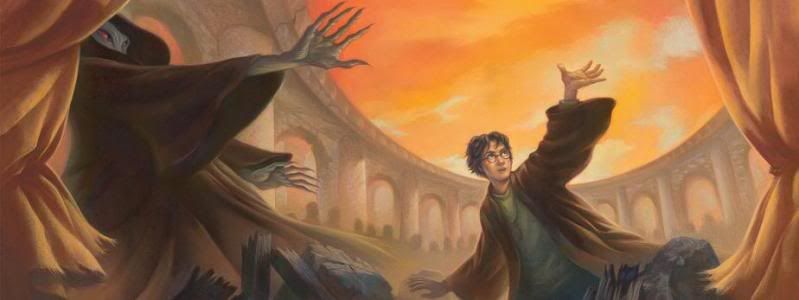Transition periods are often fraught with the uncertainty of non-belonging. They are not precisely anchored to one end, but neither are they to the other. Human logic tends to separate things into binary oppositions, dividing concepts not only into categories but demanding the certain identity of one or the other. Black and white, up and down, right and wrong. But who is to determine the precise boundaries, the exact points of division, when nearly everything is a gradient? And so these distinctions are rendered almost arbitrary.
And then, there is night and day.
Twilight is itself already a murky time, somewhere between sleep and waking, silence and noise. Then there is what is known as the blue hour, so termed for its literal appearance. These are the hours situated just before sunrise and immediately following sunset, when the sun itself has not yet risen above (or has only just dropped below) the horizon, but there is an diffused, ambient sort of light filtered down from the atmosphere. The first glimmerings of sunlight scattered in the upper atmosphere give the sky a deep, jewel-toned glow, while the land remains unlit by direct light.
What this time of day provides is an ethereal in-between transition period, valuable for its unusual quality of light and, perhaps, because it is so fleeting. Moving inward towards the daylight hours, light progresses into the golden hour, the first and last hours of sunlight. A lower solar angle and more atmospheric interference translate into longer, redder wavelengths, and it is during this time that light takes on a strong, warm glow. Building faces are gilt, landscapes turned to amber.
Dusk and dawn and the times surrounding them are often perceived as boundaries, as lines, as borders between night and day. But in truth they are segments of time, unbounded at either end, melting seamlessly from one to another. They are quiet, brief, and go frequently unnoticed, yet they provide such drastically contrasting types and temperatures and qualities of light that they remain unique, and, as ever, a sight to behold.
Those who are interested in a twilight-hour jaunt (with or without camera) may find this site invaluable. It comes with location/coordinate input, charts and maps with hours and angles and latitudes of everything the sun and moon are doing, and all sorts of helpful things.







